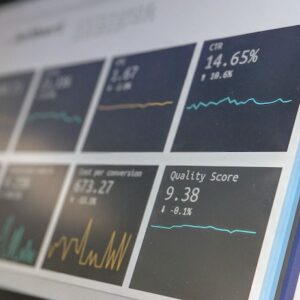Economic Modeling Explainer Dashboard
This is a standalone artificial intelligence, machine learning, framework that provides real-time solutions to different needs of the clients such as central banks and other application users. We intend to create a small version of this software online, but the main goal is to develop software and make it available for sale to public and private organizations. The software should be available for downloaded and installation on the clients’ machines for yearly subscriptions.
The application is a dashboard that runs on a supervised machine learning framework and provides a solution to economic problems in an unimaginable way. This explainer uses Shapley values which is based on the premise that all variables synergistically produce prediction not only for the overall model but also for each observation. It helps in selecting drivers for general model and drivers for specific observation, day, week, months, quarter, and year by taking into consideration the interactions of all the variables. Simplified the selection of overall model drivers.
The dashboard:
Is useful for selecting variable drivers for a specific observation (day, week, monthly, yearly etc).
Shows the different model’s performance summary (RMSE, R-square etc) for each model.
Has some plots that show the predicted and actual target variables of each model.
Has some plots that show how each variable contributes to the predicted value.
Has a dependency plot that explain the marginal estimates of different variables for each observation.
Is designed to give users the flexibility of selecting relevant drivers. This model automatically assigns weights to the variables or features based on their relative importance.
Indicates the model predictions that show individual predictions for some selected out-of-sample data.
Contribution table shows the contribution of each variable to the overall predictions.
what-if scenario has simulation tab that shows real hands-on policy experiment on policy variable and economic target.
Interaction terms show different interactions of the variables that produced the predicted results.


